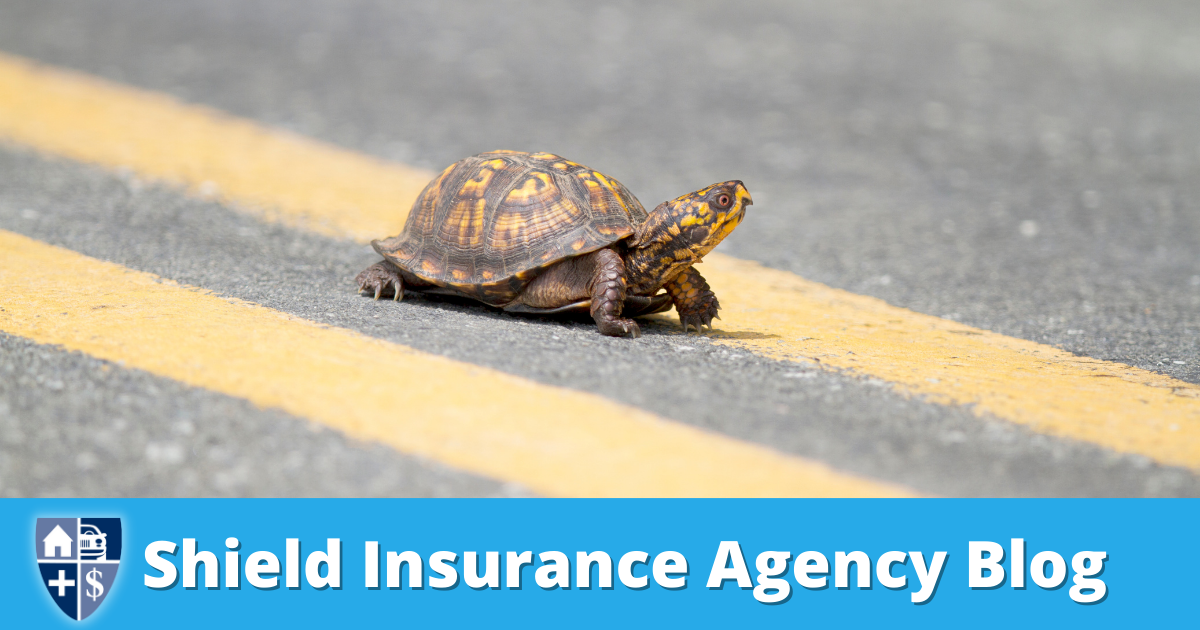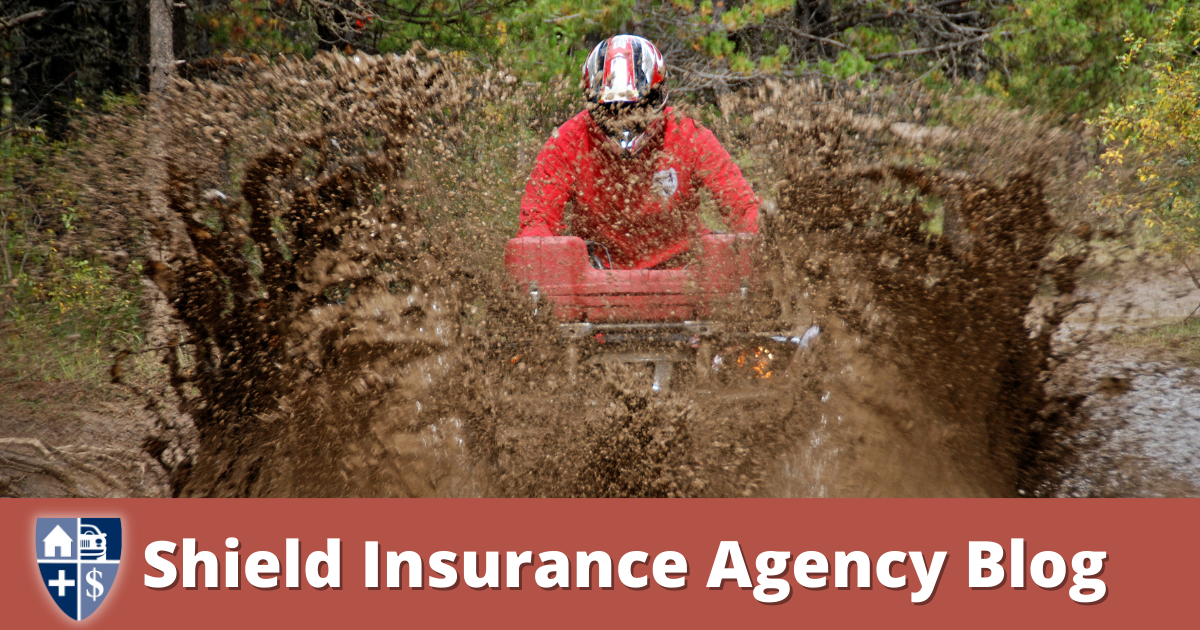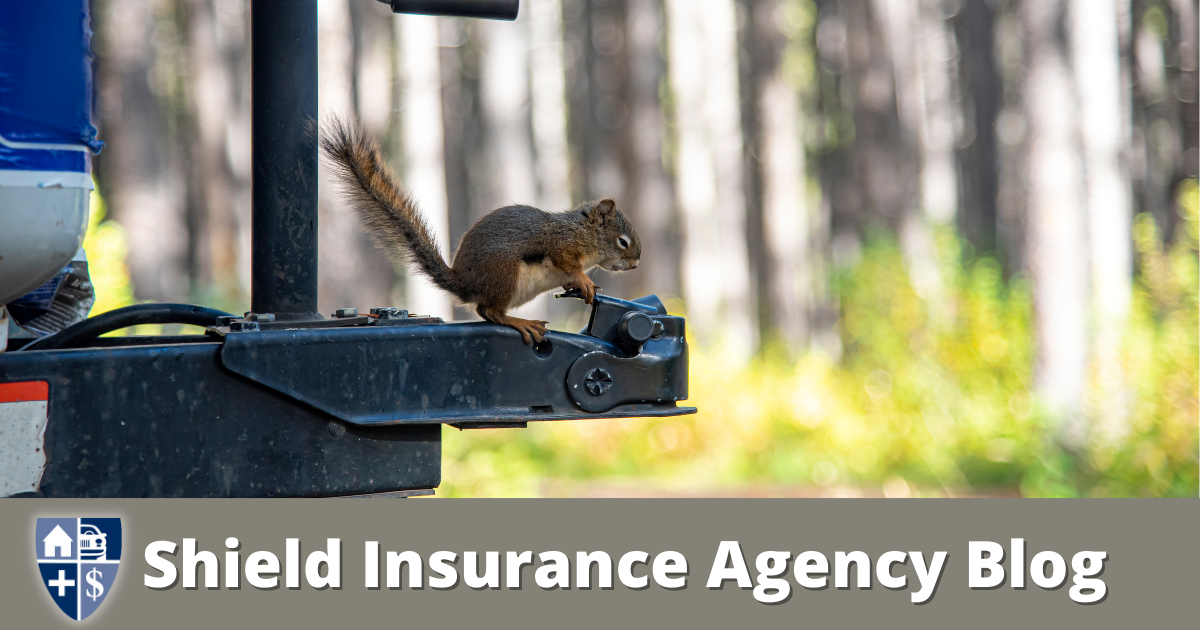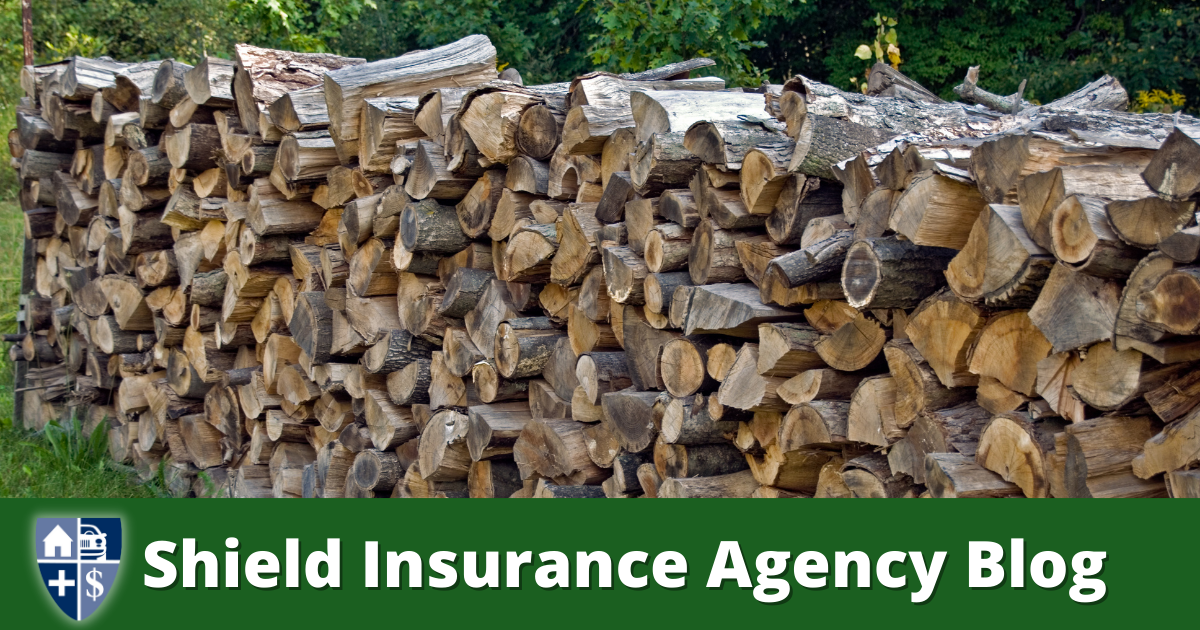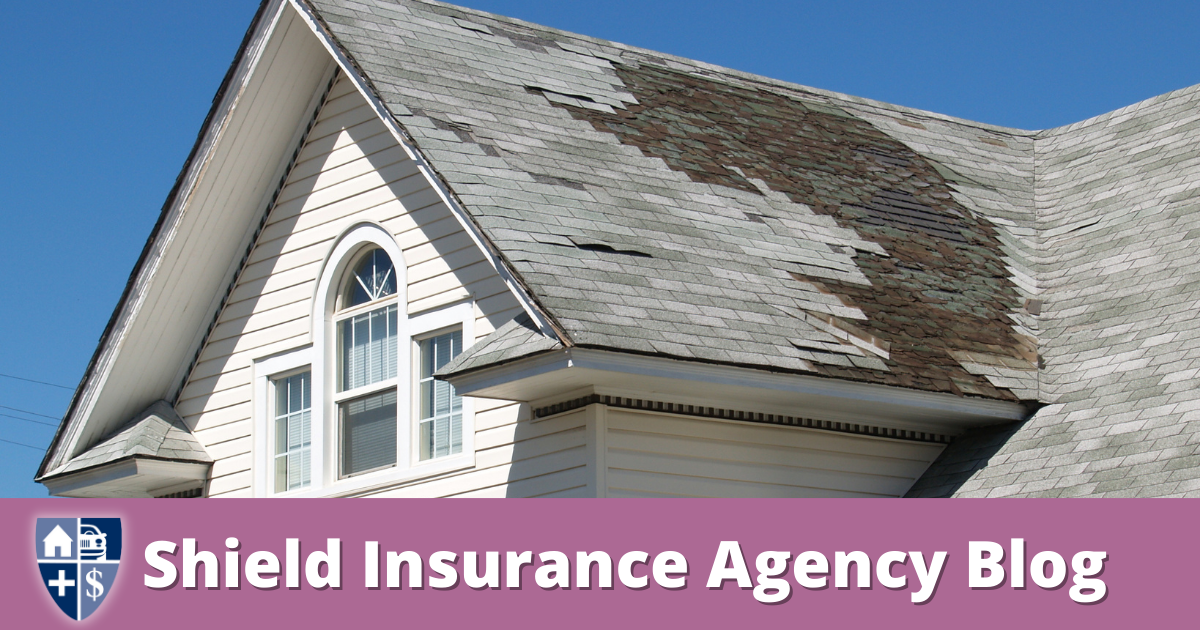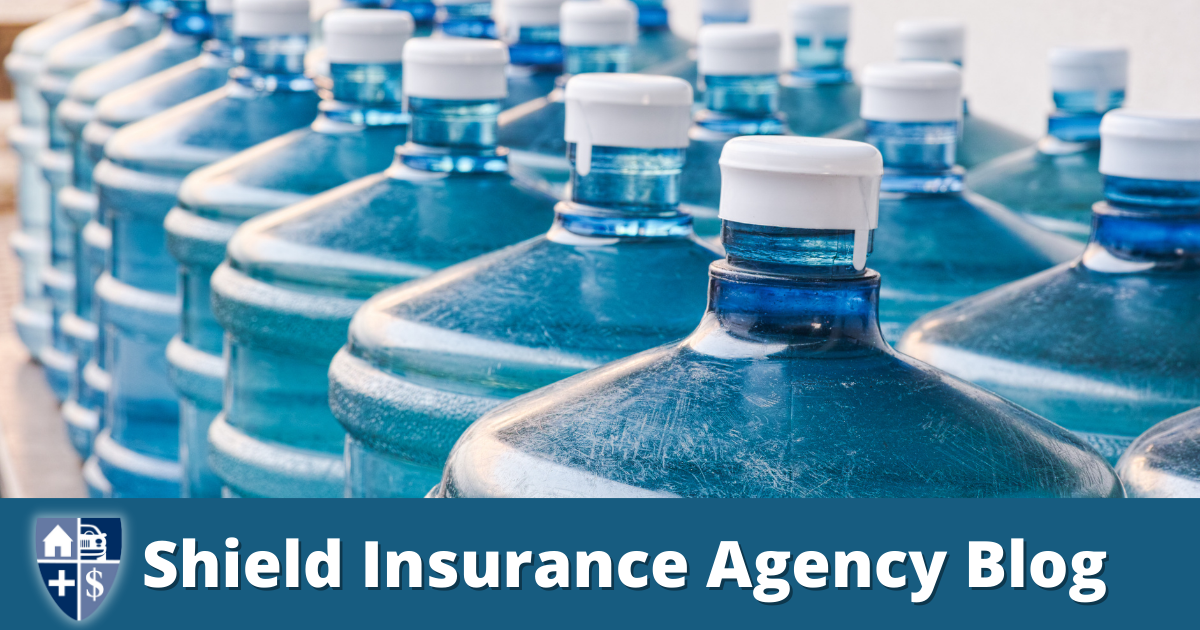The HOMEiA Team | Oct 01, 2020 | Heat Your Home | Home Insurance | Easy Quote
9 Affordable Ways to Heat Your Home This Winter
As temperatures fall outside, thoughts of fans and air conditioners are replaced by a need to warm our homes again.
If your heating bill was frightening last year, if you’re building a residence or vacation home, or if your old system is starting to fail, it is time to look at your options when it comes to heating your home.
Heating systems come in a number of varieties, each with its benefits and detriments. Here we’ll explore some cost-effective ways to keep your space comfortable this winter.
Here are 9 most affordable ways to heat your home this winter:
Table of Contents:
- The classic central furnace
- A Hot Water/Steam System
- Heat Pumps
- A Ductless Furnace
- A Fuel-Burning Stove
- A Portable Heater
- Fireplaces
- Upgrade with a programmable or smart thermostat
- Improve your Efficiency
- The classic central furnace
The classic central furnace, heat your home with a central furnace
The most common means of heating a home in North America is through a warm-air furnace.
A furnace is a large appliance inside the building that is powered by electricity or by fuel (natural gas or fuel oil). Gas and oil furnaces mix air and fuel to power a flame, which heats a metal exchanger and heats the air. From there a fan pushes the warm air through the home’s ducts.
How hard the furnace works is determined by the thermostat. When the temperature falls below the thermostat’s set level, the heating system’s components turn on; when it measures warm enough, the system turns off.
Some furnaces are more efficient than others. In the United States, the AFUE (Annual Fuel Utilization Efficiency) is the common way to measure efficiency, as averaged across the seasons and varying loads. To get more heat for the furnace’s work, look for a high AFUE.
One of the pros of a central furnace is that you can set the thermostat to control the temperature for you, allowing the system to turn off once the home has reached an appropriate temperature. On the other hand, central air handling means you can’t control the temperature in individual rooms.
A Hot Water/Steam System
A Hot Water/Steam System, heat your home with a hot water system
There’s a reason steam is used so often for fast cooking: it is low in density, has no temperature limit, works quickly, and can be controlled easily.
Even more efficient, though, are hot water (boiler) systems. Today many existing steam systems are being converted to hot water systems, partly because of a deficit in expertise among maintenance personnel.
Heat Pumps
Heat Pumps, heat your home with heat pumps. Heat pumps move heat energy from its source in an already cold area to a warmer destination referred to as a “heat sink.” The heat energy moves heat from a place that is already cold, making it even colder, and pushes it toward a destination that is warming.
Since the heat energy moves in the opposite direction that it would move on its own, an external power source is necessary. The result is essentially a refrigerator or air conditioner used in reverse.
Where does the heat come from? Typically, it comes from the external air or from underground (where temperatures remain fairly constant throughout the year).
A Ductless Furnace to heat your home
A Ductless Furnace, heat your home with a ductless furnace Whereas a central furnace moves air throughout the house via a system of ducts, a ductless furnace distributes heat through another pathway.
A floor furnace, which is installed below the floor, heats the room right above it and nearby. A wall furnace heats air to the rooms on either side of the wall. And a pipeless furnace distributes heat through a register on the floor.
In a ductless mini-split system, one unit is installed on an exterior wall and another is mounted on the wall of the room.
The lack of ducts can reduce the amount of dust that builds up, and these units can often be controlled individually so the heat can be adjusted in the room where it’s needed.
A Fuel-Burning Stove
A Fuel-Burning Stove, heat your home with a wood-burning stove. Popular in isolated and low-cost dwellings such as cabins, fuel-burning stoves can be effective in smaller spaces.
The stove is typically made of a metal fire chamber with a fire brick for a base. Its ventilated pipes connect it to a chimney or flue. As the fuel burns, the combustion gases move up the chimney while the air around the stove gets warmer.
A number of different fuels may be used, from natural gas to wood or pellets.
A Portable Heater
A Portable Heater, heat your home with a space heater. Especially useful for supplementary heating in a bedroom or chilly basement, space heaters come in a wide variety of styles, at a wide variety of price points.
Portable heaters generally work via convention; the warm air around the appliance rises, and cold air sinks to the floor to be heated again.
Other space heaters use infrared heating. Infrared light (which humans cannot see) is emitted and heats people and objects as it hits them, just like sunlight. These heaters are useful and efficient when you’re in a room with a line of sight to the heater.
While space heaters can work well as supplementary heat sources for the room you’re in, they are not efficient for heating a whole building.
Years ago, portable heaters got a bad reputation as fire hazards; today’s models are much safer, as long as they’re used appropriately (cords in good shape, on a flat surface, no clutter nearby).
Fireplaces
An energy-efficient fireplace (minimizing heat lost through the chimney) can produce enough heat to offset a lower central thermostat setting—in some cases substantially reducing heating costs.
An old, drafty masonry fireplace can be replaced with an energy-efficient insert to improve its heat generation capabilities.
Beware this major pitfall: if you’re not using your fireplace, make sure the damper is closed—otherwise, you’ll lose as much heat as you would by leaving a window open.
Upgrade with a programmable or smart thermostat
Click here for more ways to heat your home…
More Interesting Blog Articles by Shield Insurance Agency
